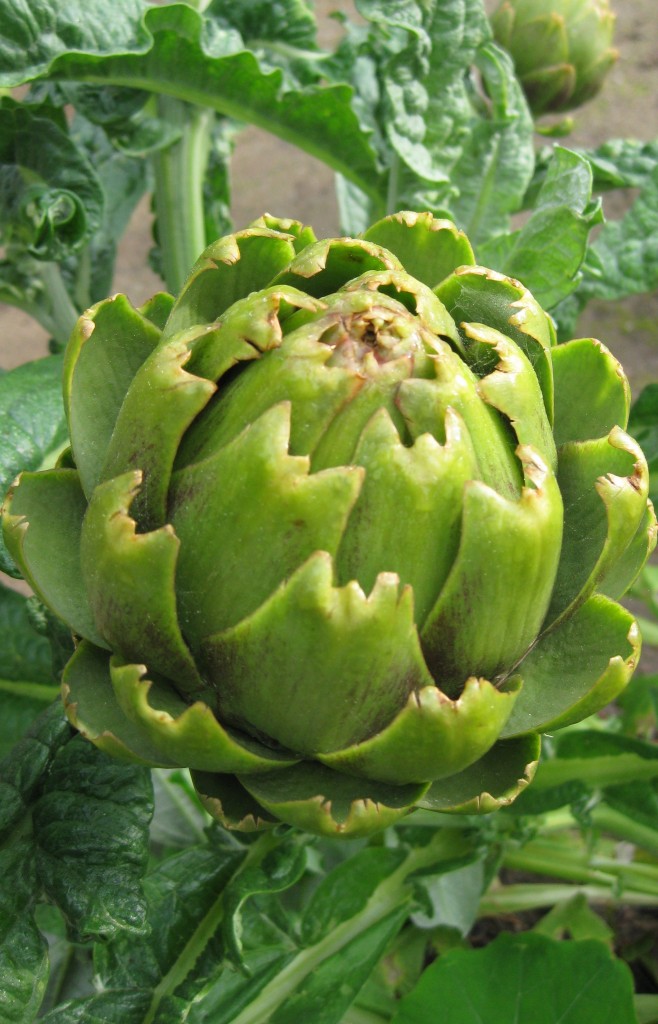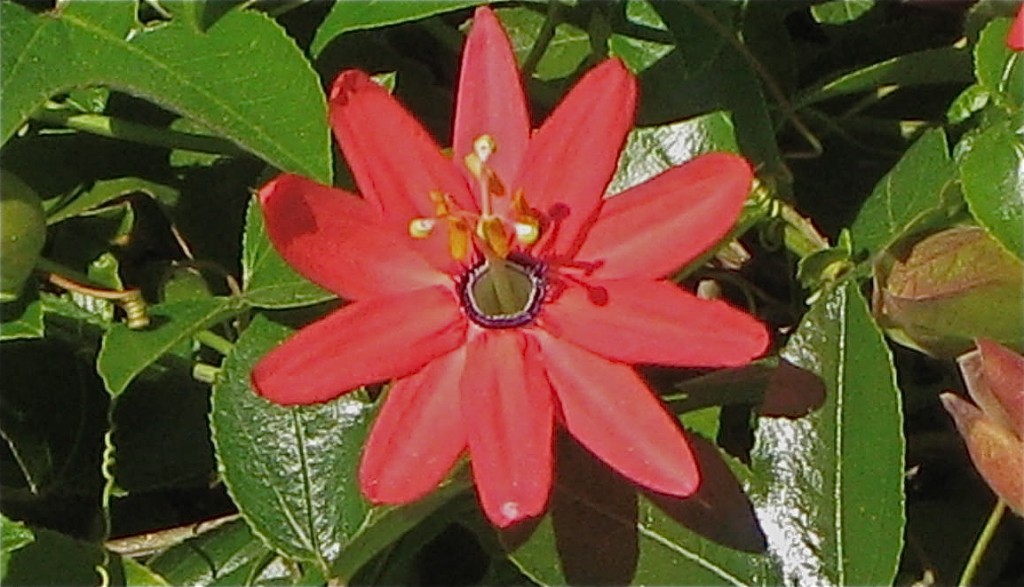
Heady fragrance of the pink jasmine vines, dripping with fragrant clusters of blossoms, surrounded the hilltop bed and breakfast in Napa Valley. Mediterranean plants in terraced gardens were in full bloom. Most of the vegetation planted under the oaks and in beds around the inn were deer resistant and drought tolerant. They were among the same species that are common in the gardens along the Central Coast where I live but there was one big difference; they were double in size to those growing in our little hamlet! The question for me was; why are these familiar plants growing in the rocky hillside gardens of Napa Valley so massive in stature?
Obviously, the summer heat of Napa Valley more nearly replicates the origin of these Mediterranean plants than does our temperate coastal climate. In addition, landscape water is abundant at the inn and provided by its own private well. But, the reality is, much of the success of these beautiful plants can be attributed to the soil. Success with Mediterranean plants comes from putting the right plant in the right soil, and planting different species together only when they have similar soil preferences.
Some Mediterranean plants are true clay lovers. Others love fast draining, nutrient-poor sandy or gravel soil and will fail in clay. A beautiful magenta-colored butterfly bush that I had started from a cutting, wilted and died the first wet winter that we moved to our home. Its roots rotted. It did not appreciate the soggy clay soil in which it had been lovingly placed. Mediterranean plants do not appreciate overly rich soil. Many require little fertilizer and prefer “lean” soil to enriched loam.
It takes years to change soil type with amendments and is impractical to change an alkaline soil to an acidic soil (found under pine trees) and visa versa. It is, however, possible to create small areas of sandy soil, clay soil, or rich loamy soil. To accomplish this, build up existing soil combined with the desired soil mixture into a “berm” or consider building raised beds.
Amending the soil at planting time will enhance the performance of most Mediterranean plants. Mulching in the fall with compost, shredded leaves and composted bark is an effective way to fertilize native plants. As the matter decomposes, the rain gently sends the food to its roots. Enriching the soil in this natural manner will improve your soil without disturbing it and will increase its organic content. The innkeepers in Napa shared their fertilizing routine. “Enrich at planting time and mulch annually.” The plants obviously loved it.


